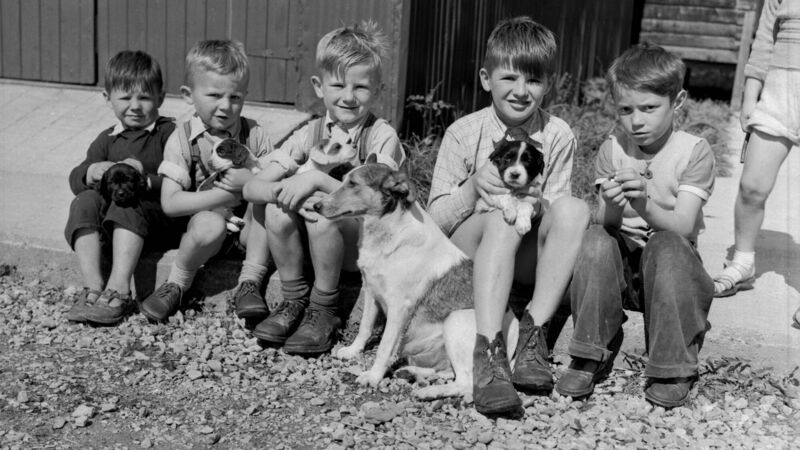Smugglers, revolutionaries and hunger strikers: Inside Ireland's first refugee camp

Hungarian refugee children at Knockalisheen in Co Clare. Image from Sean Curtin's Limerick: A Stroll Down Memory Lane
Vera Sheridan was just five years old when she fled Hungary.
In 1956, revolution and chaos came to her country when a popular uprising against the communist government was comprehensively crushed by the Red Army of the Soviet Union.







